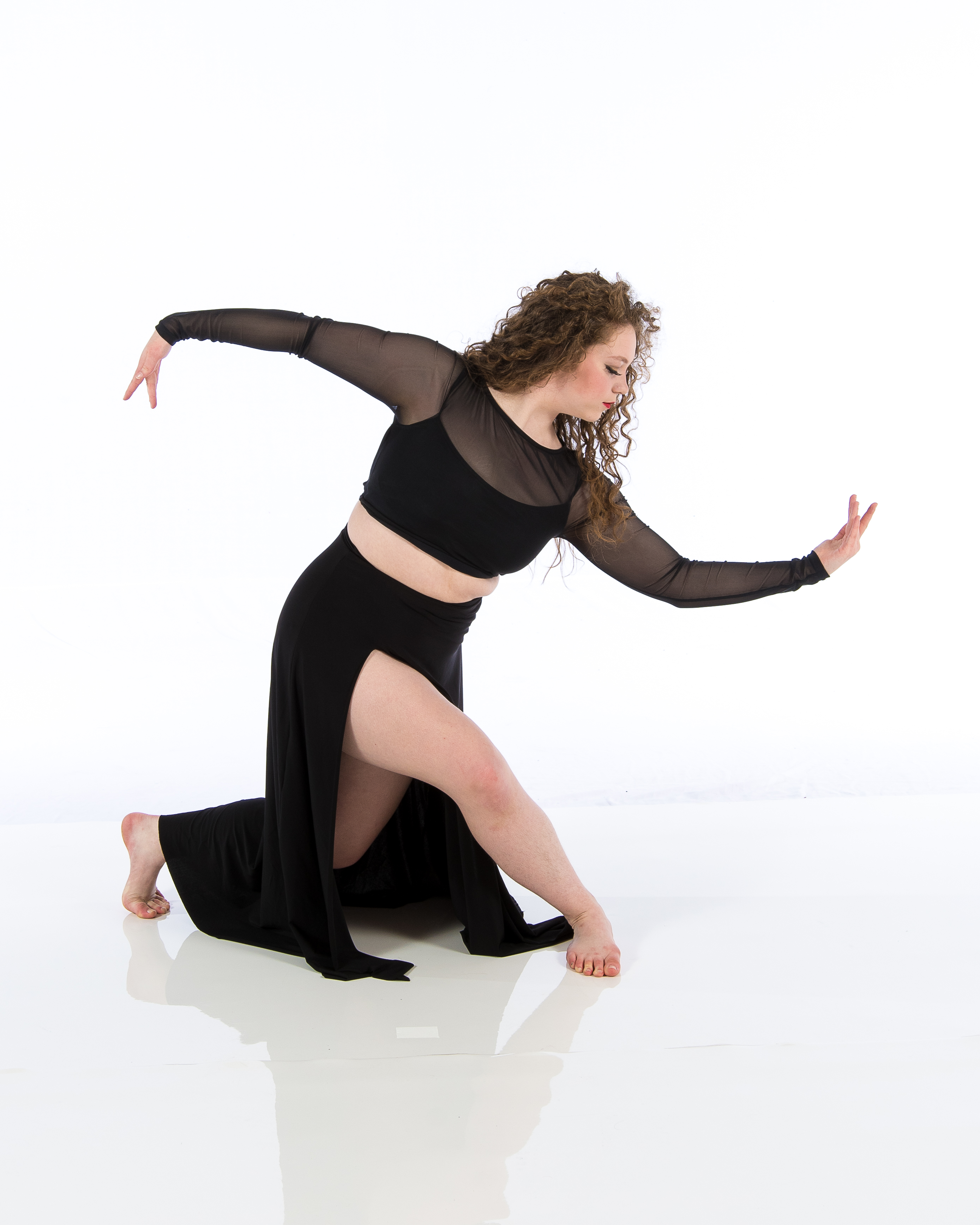Introduction
Jazz music, a rich tapestry of rhythm and improvisation, has evolved significantly since its inception. Emerging from the African American communities of New Orleans in the late 19th and early 20th centuries, jazz has transcended borders and cultures, influencing countless genres along the way. The journey of jazz is not merely a tale of musical evolution but also a reflection of historical changes, societal dynamics, and cultural fusion. In this extensive article, we’ll delve into “The Evolution of Jazz – From Roots to Modern Interpretations”, exploring its origins, development, significant milestones, and its modern interpretations that continue to shape contemporary music.
The Roots of Jazz: A Melodic Foundation
1. The Birthplace: New Orleans
The story begins in vibrant New Orleans—a melting pot where diverse musical traditions intertwined. The city’s rich cultural heritage blended African rhythms with European musical forms like ragtime and blues. This potent mix birthed jazz music.
1.1 Cultural Influences on Jazz
From the spirituals sung in African American churches to the lively brass band parades in the streets, various influences shaped jazz’s unique sound:
- African Rhythms: Complex polyrhythms laid the groundwork for jazz's distinctive beats. Blues: Emotional expression through music gave birth to countless jazz standards. European Classical Music: Harmonic structures and instrumentation from classical traditions contributed to jazz's melodic framework.
2. Early Instrumentation: Brass Bands and More
Brass bands played a crucial role in popularizing early jazz. Instruments like trumpets, trombones, and clarinets became synonymous with jazz music.
2.1 Key Instruments in Early Jazz
- Trumpet: Often led melodies and improvisations. Clarinet: Provided intricate counter-melodies. Trombone: Added depth with slide techniques.
The Evolution of Jazz – From Roots to Modern Interpretations
3. The Rise of Louis Armstrong
Louis Armstrong is often hailed as one of the most influential figures in jazz history. His innovative trumpet playing and charismatic stage presence brought jazz to a broader audience.
3.1 Armstrong’s Innovations
Through his pioneering techniques—such as scat singing and inventive phrasing—Armstrong redefined vocal styles within jazz.
4. The Jazz Age: 1920s Prohibition Era
The 1920s marked an explosion of jazz culture during America’s Prohibition era when speakeasies thrived.
4.1 Flappers and Dance Halls
Jazz became synonymous with nightlife; dance halls filled with flappers showcased the Charleston and other energetic dances influenced by this new genre.
Jazz Styles Through Time
5. Swing Era (1930s - 1940s)
Swing music dominated this period, characterized by big bands featuring arrangements that emphasized rhythm over melody.
5.1 Notable Swing Bands
- Count Basie Orchestra Duke Ellington Orchestra Benny Goodman Band
6. Bebop Revolution (1940s)
Emerging as a reaction against swing's commercialism, bebop introduced complex harmonies and fast tempos.
6.1 Key Figures in Bebop
Charlie Parker and Dizzy Gillespie were instrumental in creating this intricate style characterized by virtuosic improvisation.
Modern Interpretations of Jazz
7. Fusion (1970s)
As elements from rock and funk merged with traditional jazz, fusion emerged—a genre that broke boundaries yet again.
7.1 Key Characteristics of Fusion
Fusion features electric instruments alongside acoustic ones:
- Use of synthesizers Extended solos Complex time signatures
8. Contemporary Jazz (1980s - Present)
Modern jazz has diversified further into sub-genres such as smooth jazz, acid jazz, and avant-garde.
8.1 Notable Contemporary Artists
- Herbie Hancock Kamasi Washington Esperanza Spalding
The Global Influence of Jazz Music
9. Jazz Around the World
Jazz's influence extends beyond American borders; it has been embraced globally, leading to unique interpretations influenced by local cultures.
9.1 International Jazz Styles
Countries have adopted jazz while infusing it with their traditional sounds:

- Brazilian Bossa Nova Afro-Cuban Jazz European Gypsy Jazz
Educational Institutions Shaping Future Generations
10. Dance Academy Influence on Jazz Education
Dance academies play a pivotal role in preserving the legacy of jazz through education—teaching choreography that reflects both traditional forms as well as modern interpretations.
10.1 Curriculum Highlights at Dance Academies
Students learn about:
- Historical context of various jazz styles Improvisational techniques Choreography inspired by famous artists
FAQs About Jazz Evolution
What are some key characteristics of early jazz?
Early jazz was characterized by syncopated rhythms, call-and-response patterns from African traditions, improvisation, and the blending of different musical styles including blues and ragtime.
Who were some influential figures during the Swing Era?
Notable figures include Duke Ellington, Benny Goodman, Count Basie, Ella Fitzgerald, and Glenn Miller who helped bring swing music into mainstream popularity during the 1930s and 1940s.
How did bebop differ from swing?
Bebop was more focused on complex harmonies and faster tempos compared to swing's dance-oriented rhythms; it emphasized individual expression rather than group performance dynamics common in big bands.
What is fusion in jazz?
Fusion refers to a genre that combines elements from various musical styles such as rock or funk with traditional jazz elements—often incorporating electric instruments along with complex rhythms for an innovative sound experience.
How has technology influenced modern jazz?
Advancements Forrest Grove dance schools in technology have allowed musicians to experiment with digital sounds through synthesizers or electronic production techniques while continuing traditional forms; this fusion leads towards endless possibilities within contemporary compositions today!
Why is understanding dance important for appreciating jazz?
Dance embodies much more than just movement—it reflects cultural expressions tied deeply into each genre’s history! Understanding these connections enriches listeners’ experiences & enhances appreciation for every note played!
Conclusion
In summary, exploring “ The Evolution of Jazz – From Roots to Modern Interpretations” reveals not only how varied influences shaped this beloved genre but also how it continues evolving even today! Its roots run deep within historical contexts while adaptations reflect contemporary culture worldwide—from lively dance halls filled with flappers during prohibition eras down until present-day fusions! As we celebrate its journey through time—from brass bands on street corners all way up until today’s high-tech studios—let us embrace both tradition & innovation alike so we can keep nourishing future generations’ love for this timeless art form!